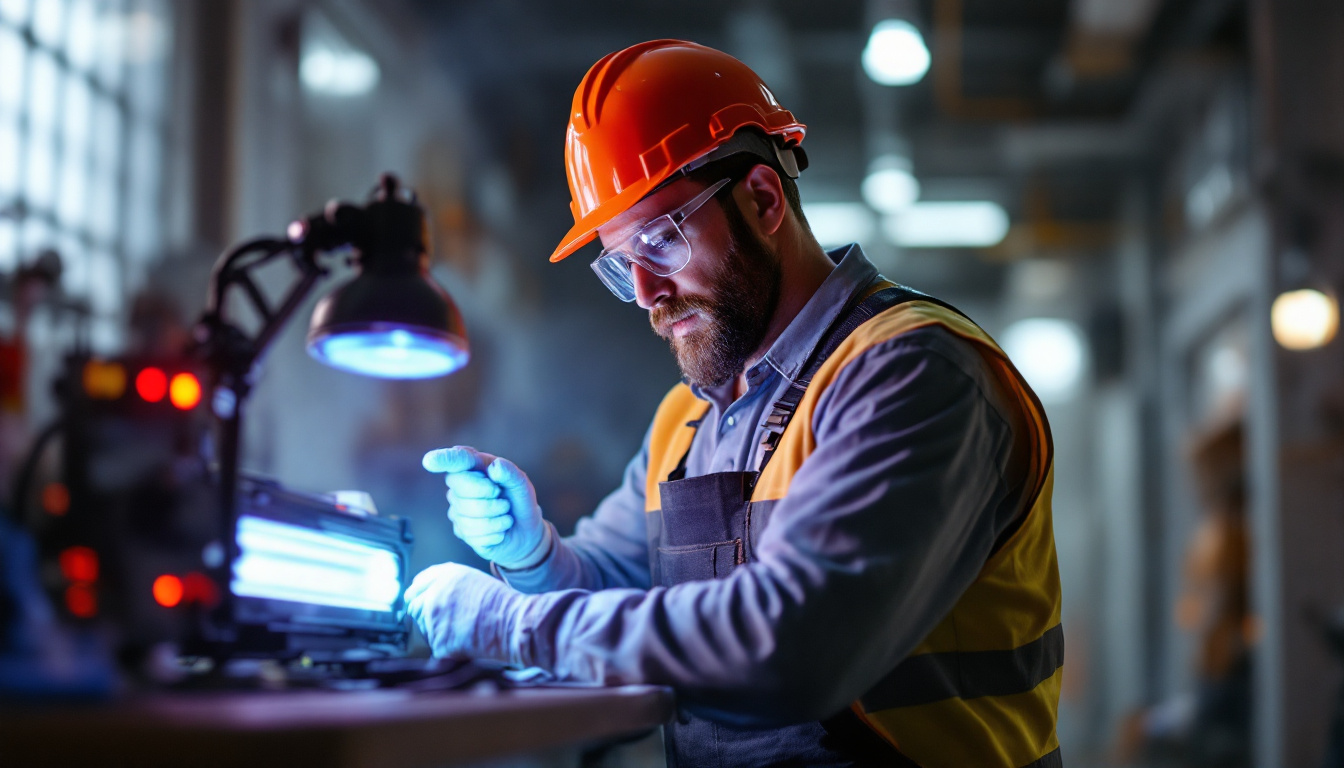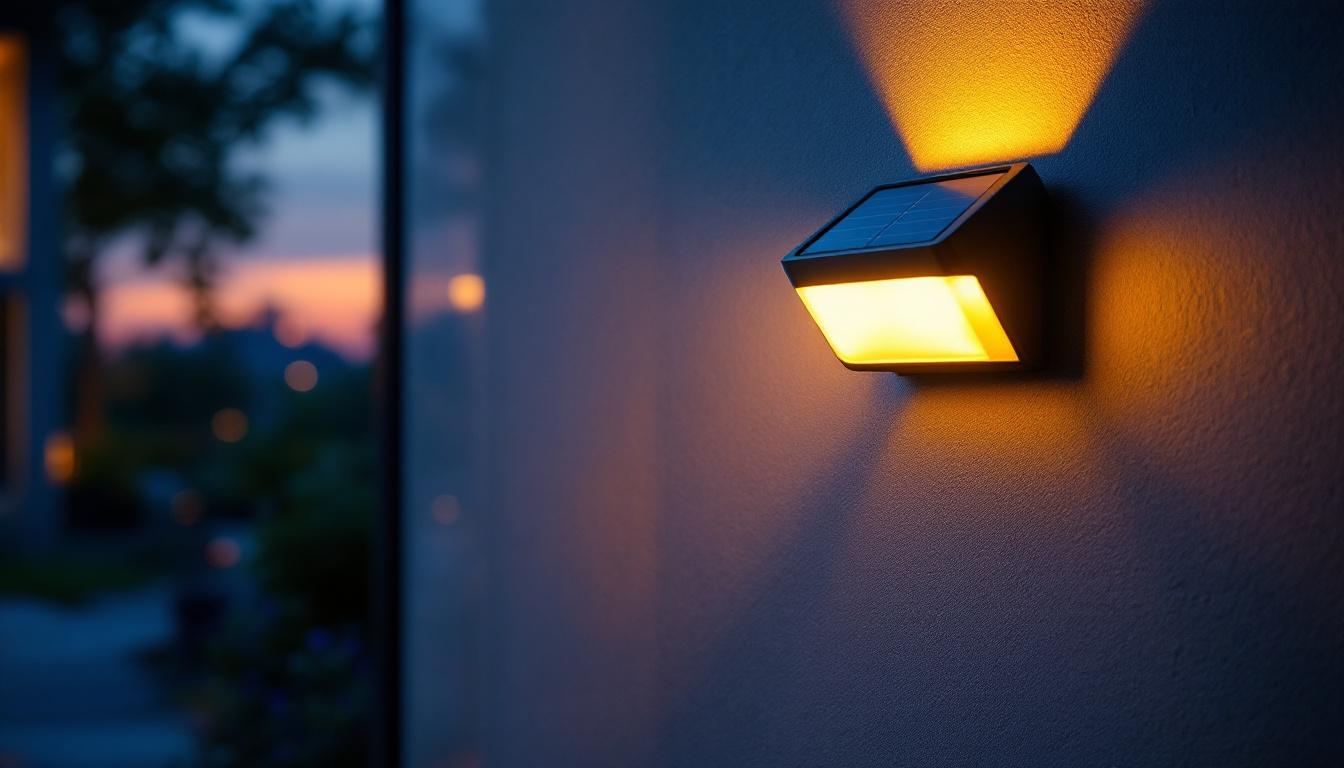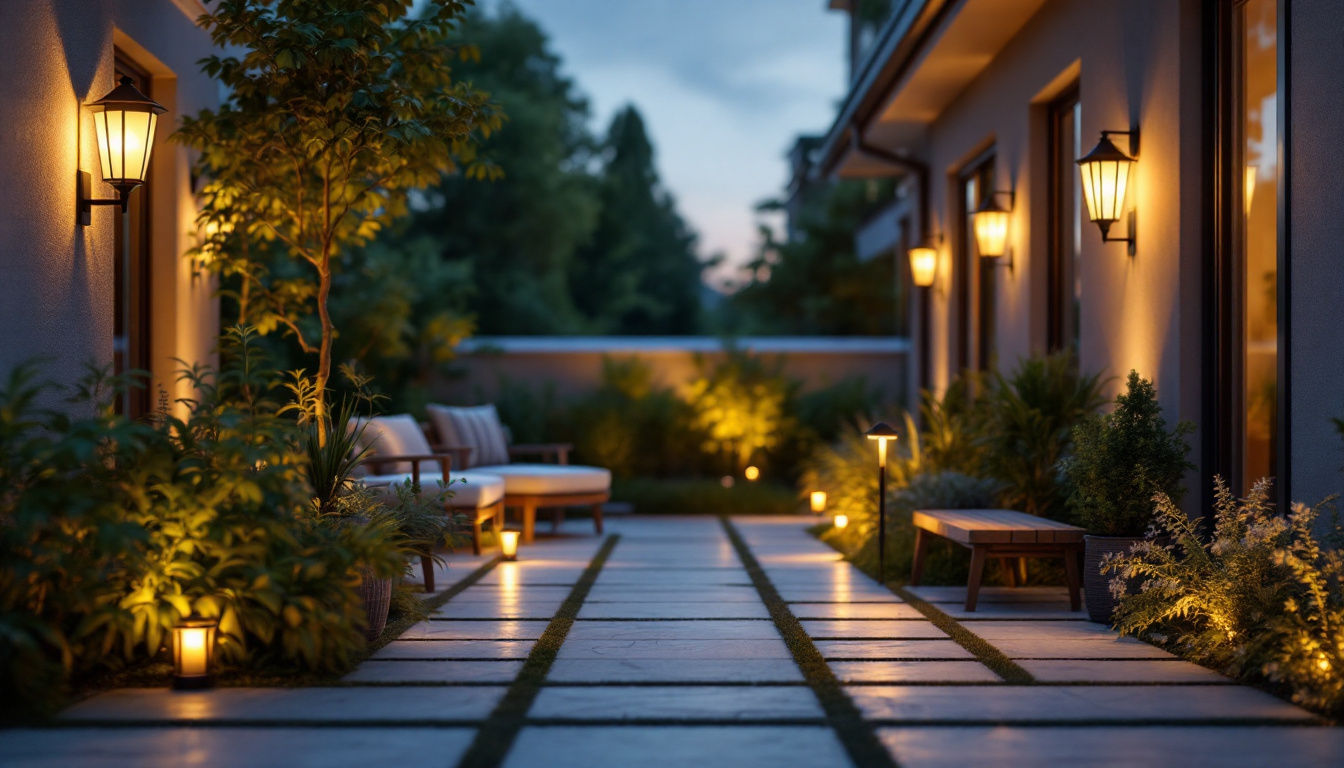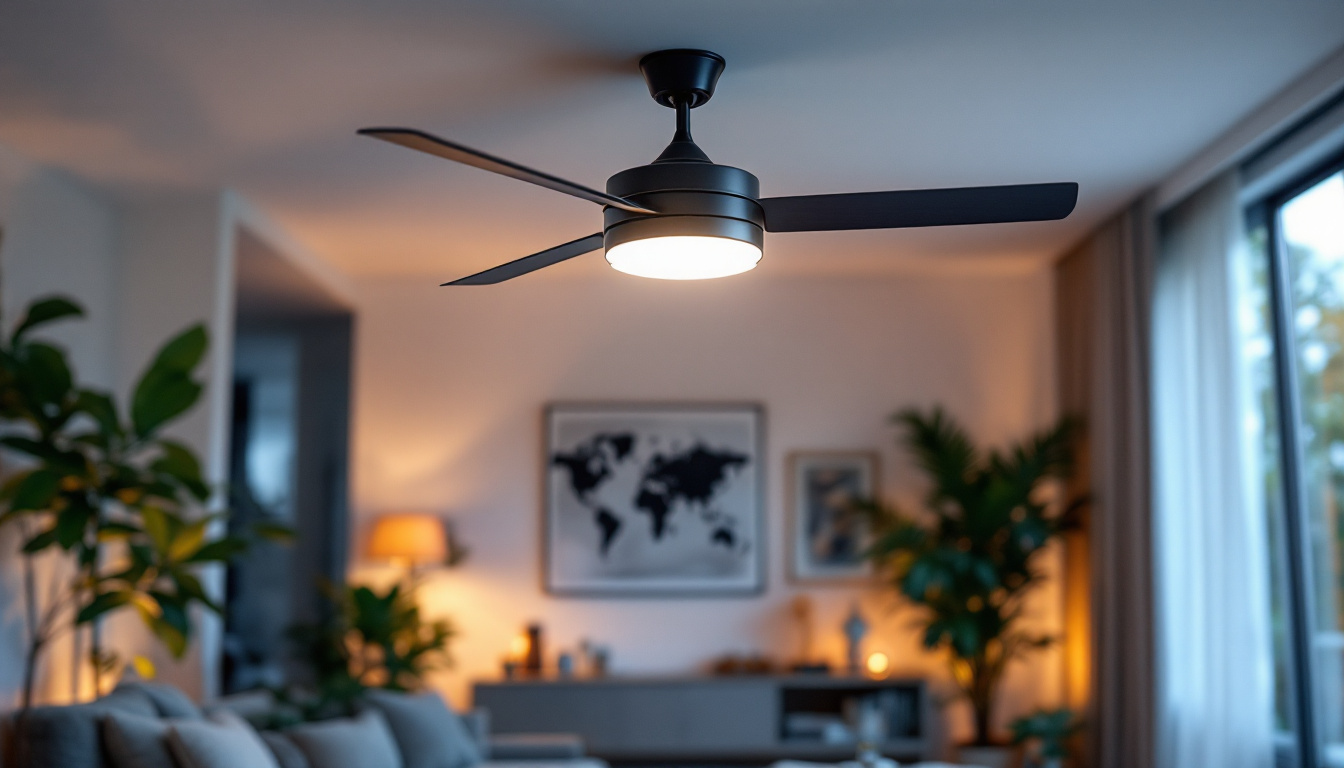
In the evolving landscape of lighting technology, UV light lamps have emerged as a powerful tool for various applications, from disinfection to enhancing plant growth. However, for lighting contractors, navigating the complexities of UV light systems can be daunting. This guide aims to illuminate the potential pitfalls associated with UV light lamps and provide practical advice to ensure successful installations and satisfied clients.
Before delving into the potential pitfalls, it is crucial to grasp the fundamentals of UV light technology. UV light, or ultraviolet light, is a type of electromagnetic radiation that falls between visible light and X-rays on the spectrum. It is categorized into three types: UVA, UVB, and UVC, each with distinct properties and applications.
UVA (320-400 nm) is primarily used in applications such as curing inks and coatings, as well as in certain types of black lights. UVB (280-320 nm) is often associated with sunburn and is utilized in some therapeutic treatments. UVC (100-280 nm), on the other hand, is known for its germicidal properties and is widely used in disinfection processes. Each type of UV light interacts differently with biological materials, which is why understanding their specific wavelengths and effects is essential for their effective use.
UV light lamps have a variety of applications across different sectors. In the healthcare industry, UVC lamps are employed to sterilize surfaces and air, significantly reducing the risk of infection. In horticulture, UVA and UVB lamps are used to promote plant growth and enhance flowering. Understanding these applications helps contractors to better advise clients on the right type of UV light for their specific needs. Furthermore, UV light technology is also making strides in the field of water purification. UVC lamps are increasingly used in municipal water treatment facilities to eliminate harmful pathogens, ensuring safe drinking water for communities. This method is not only effective but also environmentally friendly, as it reduces the need for chemical disinfectants that can have adverse effects on the ecosystem.
Additionally, the use of UV light technology is expanding into the realm of air purification systems, where UVC lamps are integrated into HVAC systems to continuously disinfect circulating air. This application has gained heightened attention in the wake of global health concerns, as it offers a proactive approach to maintaining indoor air quality. The effectiveness of UVC in neutralizing airborne viruses and bacteria has made it a popular choice for schools, offices, and public spaces. As research continues to uncover more about the benefits and capabilities of UV light, its role in various industries is likely to grow, paving the way for innovative solutions that enhance health and safety.
While UV light technology offers numerous benefits, improper installation and usage can lead to significant challenges. Awareness of these pitfalls can help contractors avoid costly mistakes and enhance client satisfaction.
One of the most critical aspects of working with UV light lamps is ensuring proper safety measures are in place. UV radiation can be harmful to human skin and eyes, leading to burns and other health issues. Contractors must educate clients about the risks and implement necessary precautions, such as protective eyewear and barriers, to minimize exposure. Additionally, it is essential to provide clear signage around the installation area to alert individuals to the presence of UV light and the associated risks. Training staff on emergency procedures in case of accidental exposure can further enhance safety and instill confidence in the system’s operation.
Each UV light lamp comes with specific technical specifications, including wavelength, intensity, and operational lifespan. A common pitfall is the failure to match the lamp’s specifications with the intended application. For instance, using a UVC lamp designed for surface disinfection in an air purification system can result in ineffective performance and potential safety hazards. Understanding the nuances of different UV technologies, such as UVA, UVB, and UVC, is crucial for selecting the right lamp for specific tasks. Contractors should also stay updated on the latest advancements in UV technology, as innovations can lead to more efficient and effective solutions tailored to client needs.
UV light lamps require regular maintenance to ensure optimal performance. Dust, dirt, and other contaminants can reduce the effectiveness of UV radiation. Contractors should establish a maintenance schedule that includes cleaning the lamps and checking for any signs of wear or damage. This proactive approach can prevent costly repairs and ensure the longevity of the installation. Furthermore, it is advisable to keep detailed logs of maintenance activities, as this documentation can be invaluable for troubleshooting issues and demonstrating compliance with safety standards. Regular training sessions for maintenance personnel can also help ensure that everyone involved is aware of the best practices and the importance of maintaining the system’s integrity.
Selecting the appropriate UV light lamp is crucial for achieving desired outcomes. Various factors must be considered to ensure the right choice is made.
Before selecting a UV light lamp, it is essential to assess the specific needs of the application. For disinfection purposes, a UVC lamp with a specific intensity and wavelength is necessary. In contrast, for horticultural use, UVA and UVB lamps may be more suitable. Understanding the client’s goals will guide the selection process.
Not all UV light lamps are created equal. Quality can vary significantly between manufacturers. Contractors should prioritize reputable brands known for their reliability and performance. Reviewing product specifications, certifications, and customer reviews can provide valuable insights into the quality of the lamps being considered.
Energy efficiency is an important factor in today’s environmentally conscious market. Choosing UV light lamps that consume less energy while providing the necessary output can lead to cost savings for clients in the long run. Look for lamps with energy-efficient designs and longer operational lifespans to maximize value.
Proper installation is key to maximizing the effectiveness of UV light lamps. Following best practices can help ensure that the system operates efficiently and safely.
The placement and orientation of UV light lamps can significantly impact their performance. For disinfection applications, lamps should be positioned to ensure maximum exposure to surfaces and air. In horticulture, the distance from plants and the angle of the light can affect growth outcomes. Contractors should carefully plan the installation layout to optimize results.
Using the right fixtures is essential for housing UV light lamps. Fixtures should be designed to withstand UV radiation and prevent degradation over time. Additionally, ensuring that fixtures are compatible with the lamp type and application will enhance performance and safety.
After installation, testing and calibration are crucial steps that should not be overlooked. Contractors should verify that the lamps are functioning correctly and emitting the appropriate levels of UV radiation. This may involve using specialized equipment to measure intensity and ensure compliance with safety standards.
Once the installation is complete, educating clients about the proper usage and maintenance of UV light lamps is vital for long-term success.
Clients should be provided with clear guidelines on how to operate the UV light systems safely and effectively. This includes information on operational hours, safety precautions, and the importance of regular maintenance. Providing a user manual can serve as a helpful reference for clients.
Emphasizing safety protocols is essential in preventing accidents and ensuring that clients understand the risks associated with UV light exposure. Contractors should conduct a safety briefing during the installation process and provide written materials outlining safety measures.
Establishing a relationship of ongoing support can enhance client satisfaction and loyalty. Offering regular check-ins, maintenance services, and troubleshooting assistance can help clients feel more confident in their investment. This proactive approach can also lead to referrals and repeat business.
The lighting industry is constantly evolving, and staying informed about the latest trends and advancements in UV light technology is crucial for contractors. This knowledge not only enhances expertise but also positions contractors as trusted advisors to their clients.
Participating in workshops and seminars focused on UV light technology can provide valuable insights into new products, applications, and best practices. These events also offer networking opportunities with other professionals in the field, fostering collaboration and knowledge sharing.
Staying abreast of industry publications, research studies, and technological advancements can help contractors remain competitive. Subscribing to relevant journals and following authoritative sources online can provide ongoing education and inspiration for innovative solutions.
Joining professional associations related to lighting and UV technology can offer access to resources, training, and a community of like-minded professionals. Engaging with these organizations can enhance credibility and provide opportunities for professional development.
UV light lamps present a wealth of opportunities for lighting contractors, but they also come with their share of challenges. By understanding the technology, avoiding common pitfalls, and following best practices, contractors can ensure successful installations that meet client needs. Continuous education and staying updated with industry trends will further enhance expertise and position contractors as leaders in the field.
Ultimately, the key to success lies in a combination of knowledge, proper installation techniques, and a commitment to safety and client education. By embracing these principles, lighting contractors can navigate the UV light landscape with confidence, delivering exceptional results and building lasting relationships with their clients.
Ready to elevate your lighting installations with the best UV light lamps in the industry? At LumenWholesale, we provide lighting contractors with the highest quality, spec-grade lighting products at prices that can’t be beaten. Say goodbye to local distributor markups and hello to our extensive selection that meets rigorous industry standards. With free shipping on bulk orders, you can trust that you’re getting premium lighting solutions at the best value — no hidden fees, no compromises. Let us help you shine in your next project. Discover the difference at LumenWholesale — where quality, affordability, and convenience come together for your lighting needs.

Discover why lighting contractors should prioritize solar-powered LED wall lights in their projects.

Discover the common pitfalls lighting contractors face when installing solar-powered outdoor lighting.

Discover the best affordable ceiling fans with lights in our comprehensive guide tailored for lighting contractors.

Discover how incorporating under cabinet LED lights into your projects can elevate your lighting contracting business.